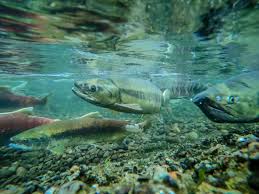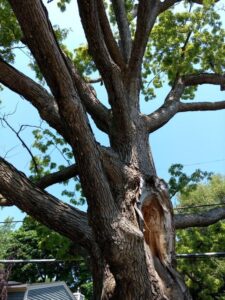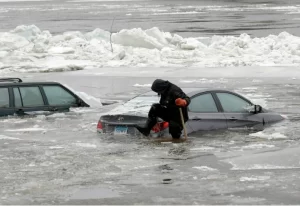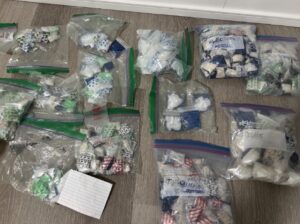
Road salt being used by the truckloads to fight snow and ice poses a health risk to fish and aquatic life.
Etobicoke Creek and the Don River are the worst in the Toronto area for being the saltiest waterways due to runoff from truckloads of road salt being used to melt our mountains of ice and snow.
Toronto and Region Conservation Authority (TRCA) data from 2024 shows chloride concentrations in many waterways have been increasing for 10-years with Etobicoke Creek and the Don River among the saltiest.
The study shows the salty waterways can pose a risk to aquatic, plant and even human health.
Too much salt can be toxic for fresh water life, and many GTA waterways are over the safe limit, according to the data.
TRCA officials tested the water quality at Mimico Creek last February 7 with a device that measures chloride concentration and the results were not encouraging.
“We look kind of longer term, and what we’re seeing is that of the 47 stations across our jurisdiction, 36 of them are showing increasing trends in chloride over time,” research scientist Lyndsay Cartwright told the CBC.
She said the salt will affect a number of aquatic species that lives and breeds in the rivers.
“Different aquatic species are going to have different tolerances to chloride, but a lot of the more sensitive ones will die,” Cartwright said.

We have beautiful and life-saving waterways that have to be protected from pollutants that pose a threat to aquatic life.
South Etobicoke residents are sensitive over the health of our waterways since the August 2023 six-alarm fire at Brenntag Canada, and resulting runoff from firefighting efforts that entered Mimico Creek and Humber Creek.
Crews worked for weeks to clean up the dead birds and chemical runoff, some of which made it to Lake Ontario.
To make matters worst, there were 17 major bypass events in 2023 at the Humber River Treatment Plant, in which about a billion litres of wastewater was released into the Humber River that did not pass through the secondary treatment process.
Road salt though is the main source of the chlorine runoff. The City of Toronto alone uses between 130,000 and 150,000 tonnes of road salt annually to melt snow and ice on its roads during winter maintenance operations.
The City usually deploys hundreds of staff using 1,400 pieces of snow plowing equipment to tackle the snow.





























